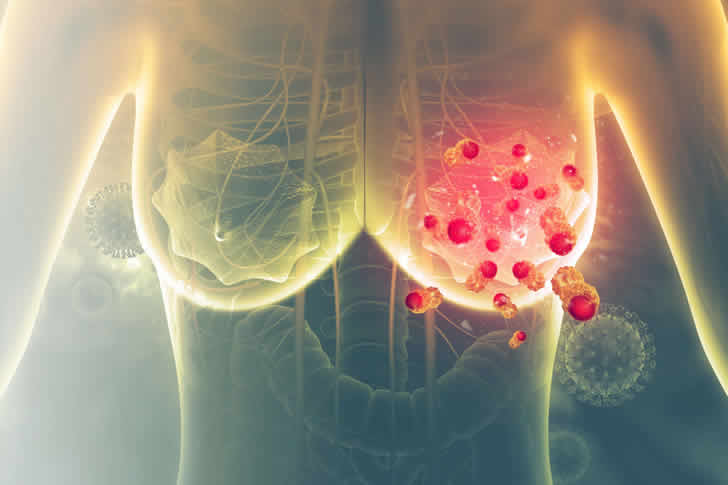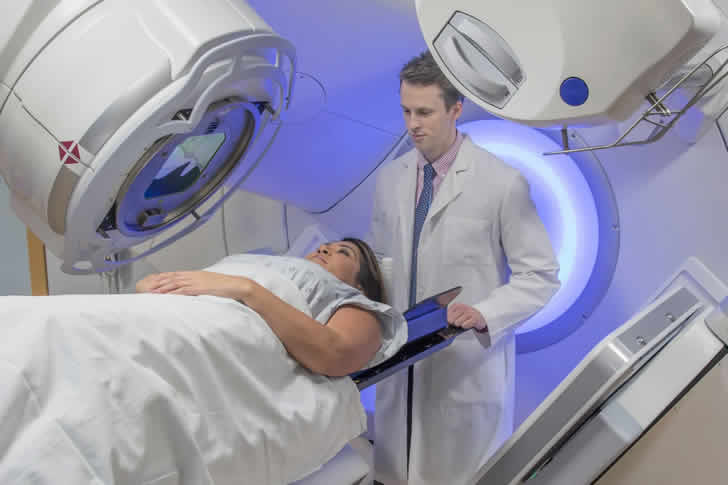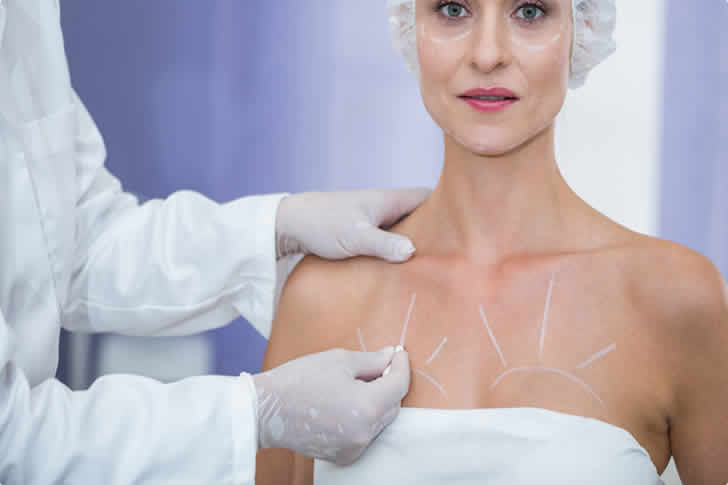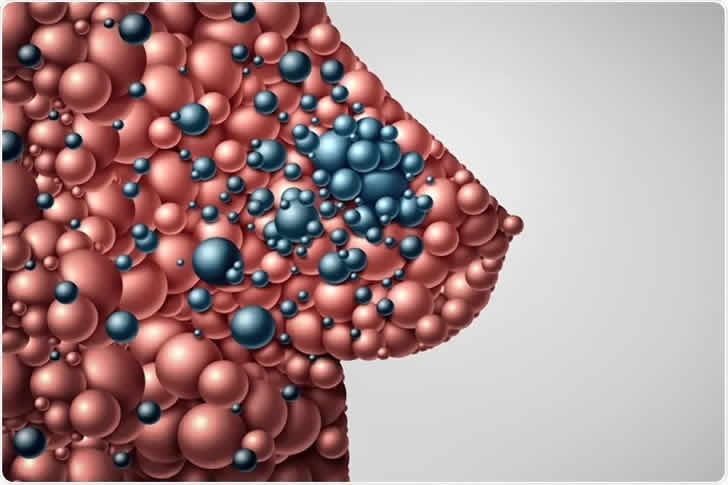Guide to Finding the Best Breast Cancer Treatment Solutions
Finding the best breast cancer treatment options is crucial for improving survival rates and enhancing the quality of life for patients.

Why Finding the Right Breast Cancer Treatment Matters
Breast cancer treatment is highly individualized, and choosing the right approach can significantly impact outcomes. With the variety of treatment options available, it’s important to select a plan that aligns with the specific type, stage, and characteristics of the cancer. Here’s why making the right choice is essential:
- Personalized Care: Tailored treatments improve effectiveness and minimize side effects.
- Better Outcomes: The right treatment can increase survival rates and reduce recurrence.
- Quality of Life: Optimal treatments manage symptoms and preserve the patient’s quality of life.
- Access to New Therapies: Staying informed allows patients to access cutting-edge treatments and clinical trials.
How to Find the Best Breast Cancer Treatment Options
To identify the most suitable breast cancer treatment options, consider the following strategies:
- Consult with Specialists: Seek out oncologists who specialize in breast cancer for a comprehensive evaluation.
- Explore Multidisciplinary Care: Consider treatment centers that offer a team approach, involving surgeons, medical oncologists, radiation oncologists, and support staff.
- Review Treatment Plans: Discuss the benefits and risks of surgery, chemotherapy, radiation, hormonal therapy, and targeted therapies.
- Consider Clinical Trials: Investigate available clinical trials that might offer access to innovative treatments not yet widely available.
- Evaluate Support Services: Look for treatment centers that provide holistic care, including counseling, nutrition advice, and physical therapy.
Common Questions and Answers
Q1: What are the main types of breast cancer treatments?
A1: The main types include surgery (lumpectomy or mastectomy), radiation therapy, chemotherapy, hormone therapy, targeted therapy, and immunotherapy.
Q2: How do I know if a clinical trial is right for me?
A2: Clinical trials can offer access to new treatments but come with risks. Consult your oncologist to see if a trial aligns with your treatment needs.
Q3: What factors influence the choice of breast cancer treatment?
A3: Factors include the type and stage of cancer, hormone receptor status, HER2 status, overall health, and patient preferences.
Example Data on Breast Cancer Treatment Options
is a table comparing different breast cancer treatment options, highlighting key factors like effectiveness, common side effects, duration, and cost.
| Treatment Type | Effectiveness (%) | Common Side Effects | Duration (Weeks) | Cost Range ($) | Success Rate (%) |
|---|---|---|---|---|---|
| Lumpectomy | 90-95 | Pain, swelling, scar tissue | 1-2 | 10,000 – 20,000 | 85-90 |
| Mastectomy | 95-99 | Fatigue, pain, loss of breast | 1-2 | 15,000 – 50,000 | 90-95 |
| Radiation Therapy | 80-85 | Skin irritation, fatigue | 5-7 | 5,000 – 20,000 | 80-85 |
| Chemotherapy | 70-85 | Nausea, hair loss, fatigue | 12-24 | 10,000 – 100,000 | 70-85 |
| Hormone Therapy | 70-80 | Hot flashes, bone thinning | 52+ | 5,000 – 10,000 | 70-80 |
| Targeted Therapy (e.g., Herceptin) | 75-85 | Heart issues, fatigue | 12-24 | 50,000 – 100,000 | 75-85 |
| Immunotherapy | 60-70 | Fatigue, rash, diarrhea | 12-24 | 50,000 – 150,000 | 60-70 |
| Reconstruction Surgery | N/A | Pain, infection, implant issues | 12-24 | 10,000 – 50,000 | N/A |
| Clinical Trials | Varies | Varies | Varies | Usually free | Varies |
| Supportive Care (e.g., Physical Therapy) | N/A | N/A | Varies | 500 – 5,000 | N/A |
Recommended Resources for Finding Breast Cancer Treatment Options
For more detailed information and to explore the best breast cancer treatment options, visit the following websites:
These resources provide comprehensive information on treatment options, clinical trials, and support services to help you make informed decisions about your care.











Recent Comments